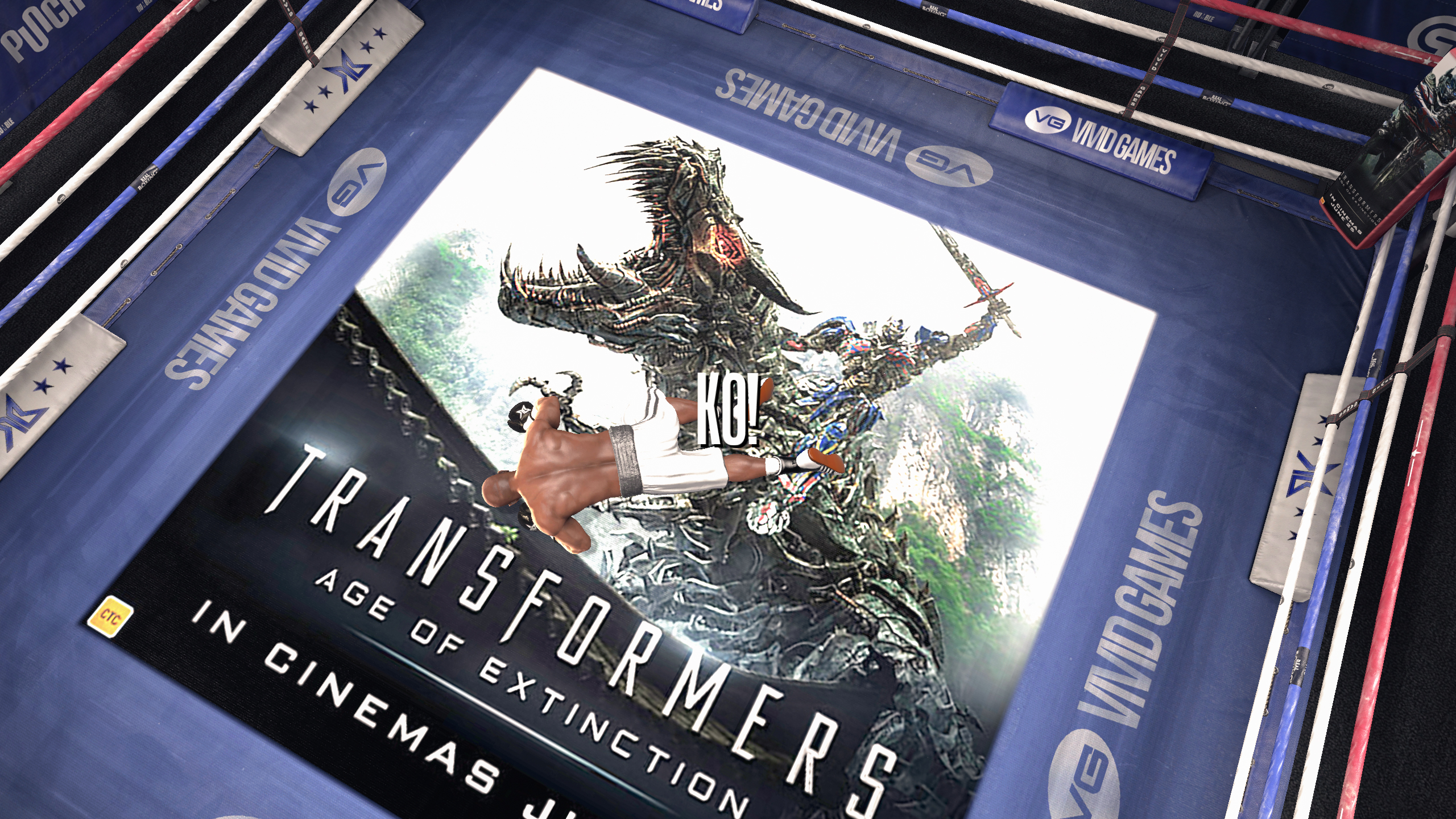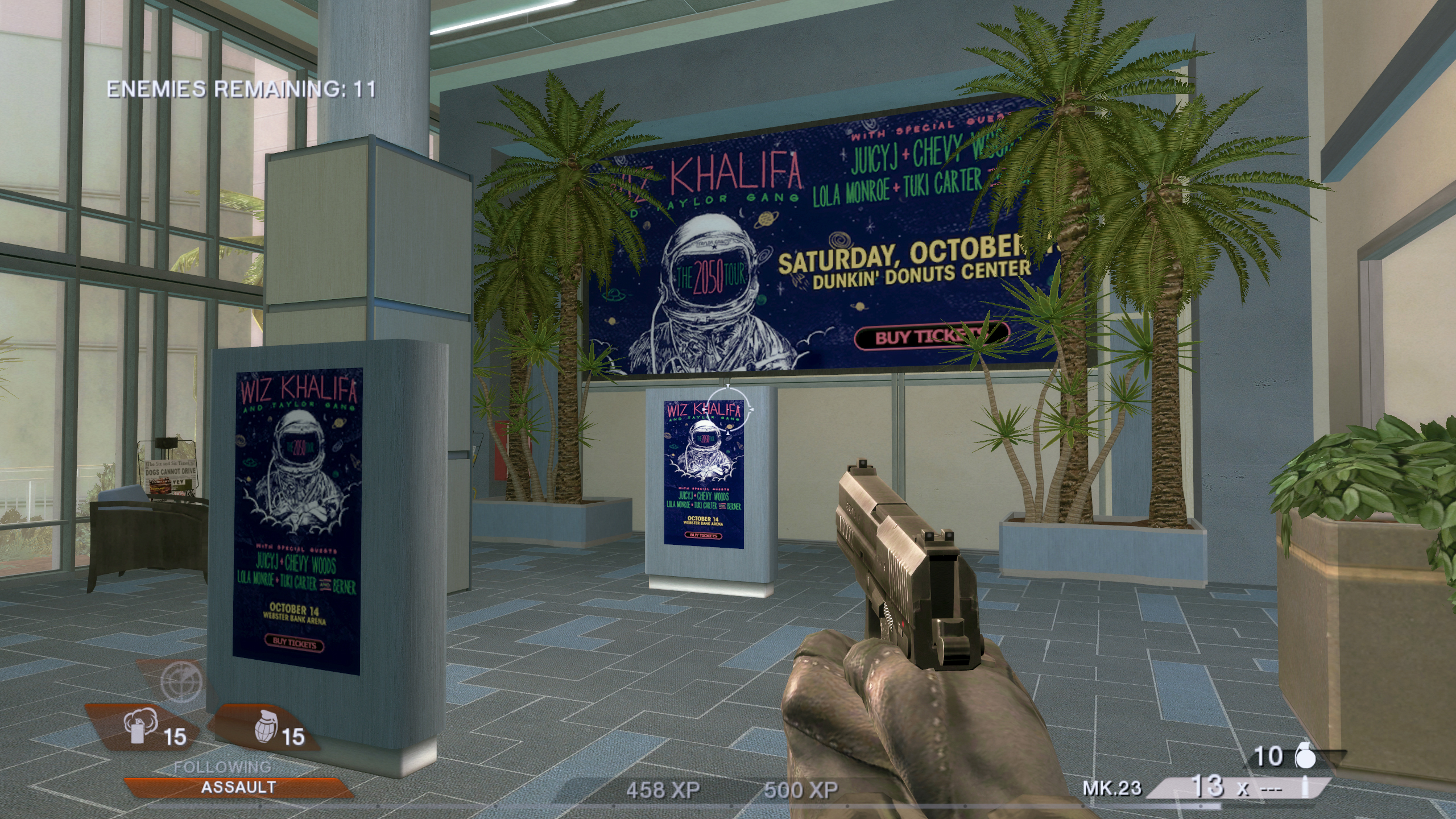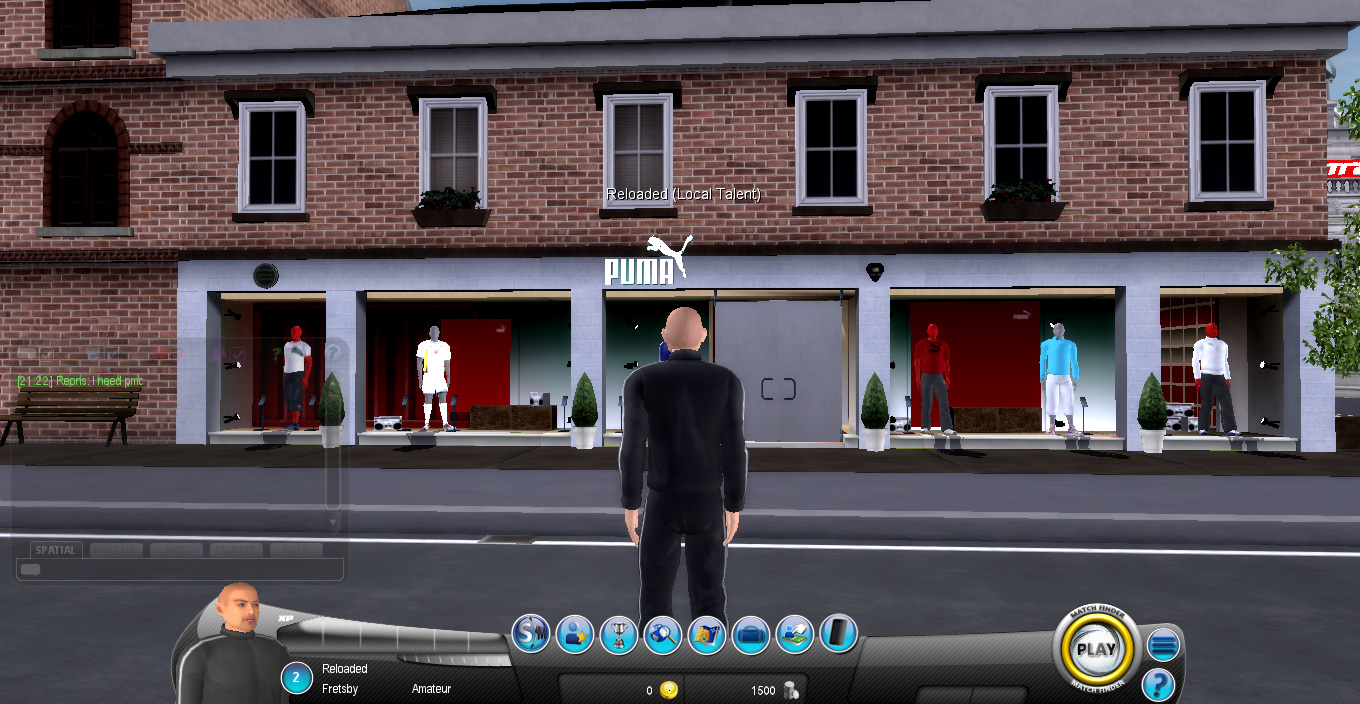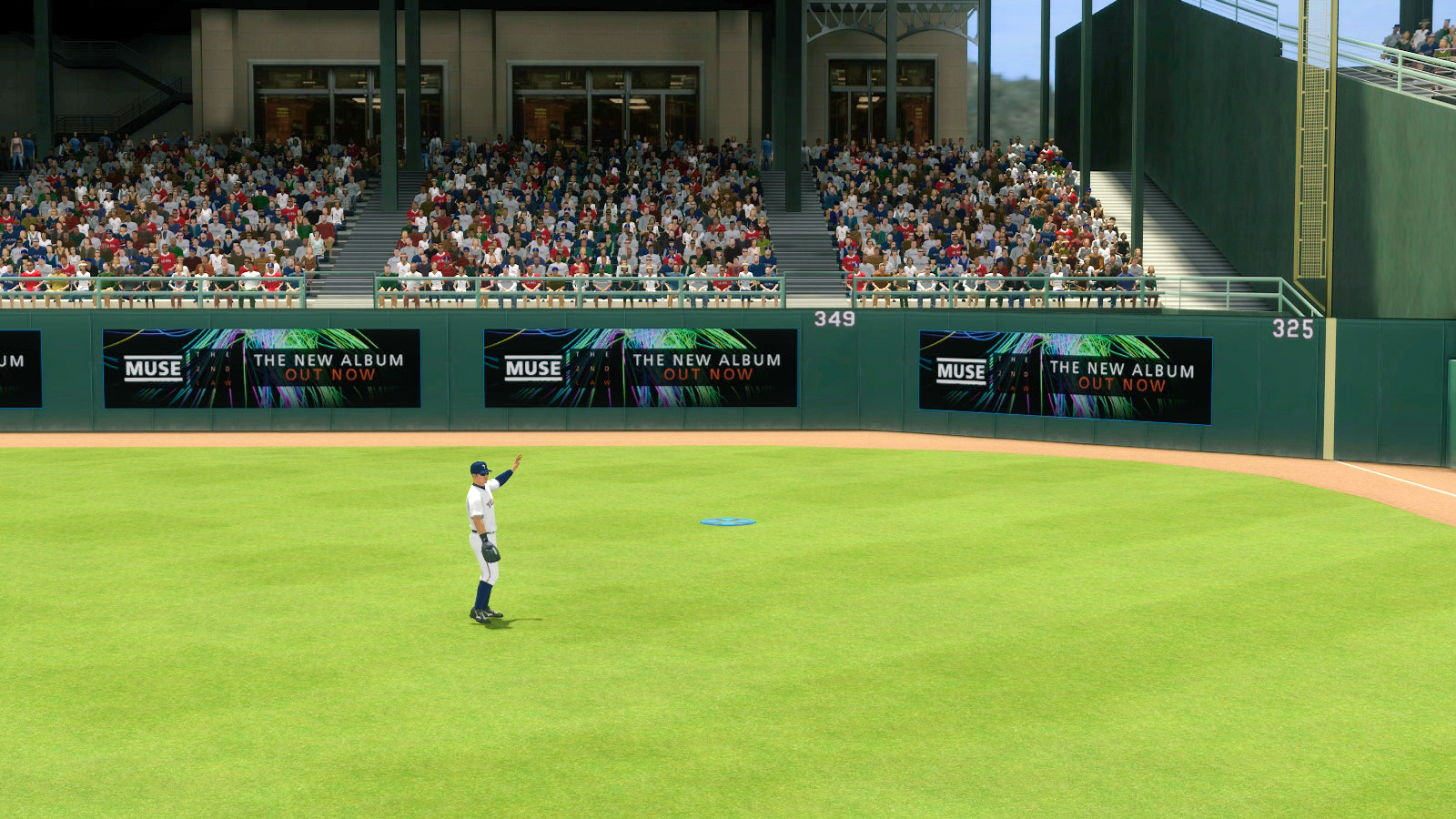If you were to ask the average person how they would envision a typical Gamer, most people would conjure-up an image of a lonesome teenager playing 24/7 in his parent’s basement. If you have the same vision as above, we’re sorry to disappoint you, but it’s completely wrong.
What most people don’t realize is that average gamer is actually 30 years old, has a full time job, and enjoys a household income of over $40 000/year. With respect to gender, 55% are males and 45% are females. That being said though, there are still plenty of pre-teen and teen gamers, which are easily reachable via advertising.
Now to the hard facts: Did you know that 43% of gamers see more value in spending on video games than on DVD’s, movie tickets or music? It’s been widely reported in the past couple years that the video game industry is now the LARGEST entertainment sector in the World with regards to revenue, having surpassed both the film and music industries. The total consumer spend on the games industry in 2012 alone came up to $20.77 billion, and it’s still going up.
Video games are one of the most innovative advertising channel for brands and agencies. In-game advertisements are being delivered when people are most receptive – when they’re relaxed and having fun, which translates into increased ad-recall and increased positive emotions towards the brands being advertised. In fact, the majority of gamers are able to recall brands that they’ve seen in video games, and 70% of gamers perceive brands as innovative if they’ve advertised inside of video games.
AND, here’s the cherry on top for brands and advertisers – with dynamic in-game advertising, the ads can be geo-targeted, age-targeted, and also run on a CPM price model. These 3 attributes above make in-game advertising incredibly easy to test, and should allow media buyers to include video games as part of their next ad campaign.
To learn more about in-game advertising or to run a campaign, contact us at https://www.rapidfire.com/contact-us/


















